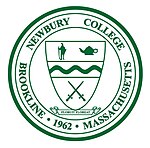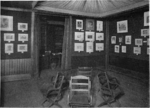Cardinal Cushing College
Cardinal Cushing College was a private, Catholic women's college in Brookline, Massachusetts. It operated from 1952 to 1972 and was named after Cardinal Richard Cushing, who helped acquire the land for its campus while he was Archbishop of Boston. Cardinal Cushing College was one of three now-defunct women's colleges sponsored by the Sisters of the Holy Cross, along with College of Saint Mary-of-the-Wasatch in Salt Lake City and Dunbarton College of Holy Cross in Washington, D.C. The college's campus is now owned by Newbury College. Newbury College closed in 2019. Its records are held in the Sisters of the Holy Cross Archives at Saint Mary's College in Notre Dame, Indiana.
Excerpt from the Wikipedia article Cardinal Cushing College (License: CC BY-SA 3.0, Authors).Cardinal Cushing College
Fisher Avenue,
Geographical coordinates (GPS) Address Nearby Places Show on map
Geographical coordinates (GPS)
| Latitude | Longitude |
|---|---|
| N 42.3311 ° | E -71.1425 ° |
Address
Fisher Avenue 129
02447
Massachusetts, United States
Open on Google Maps










